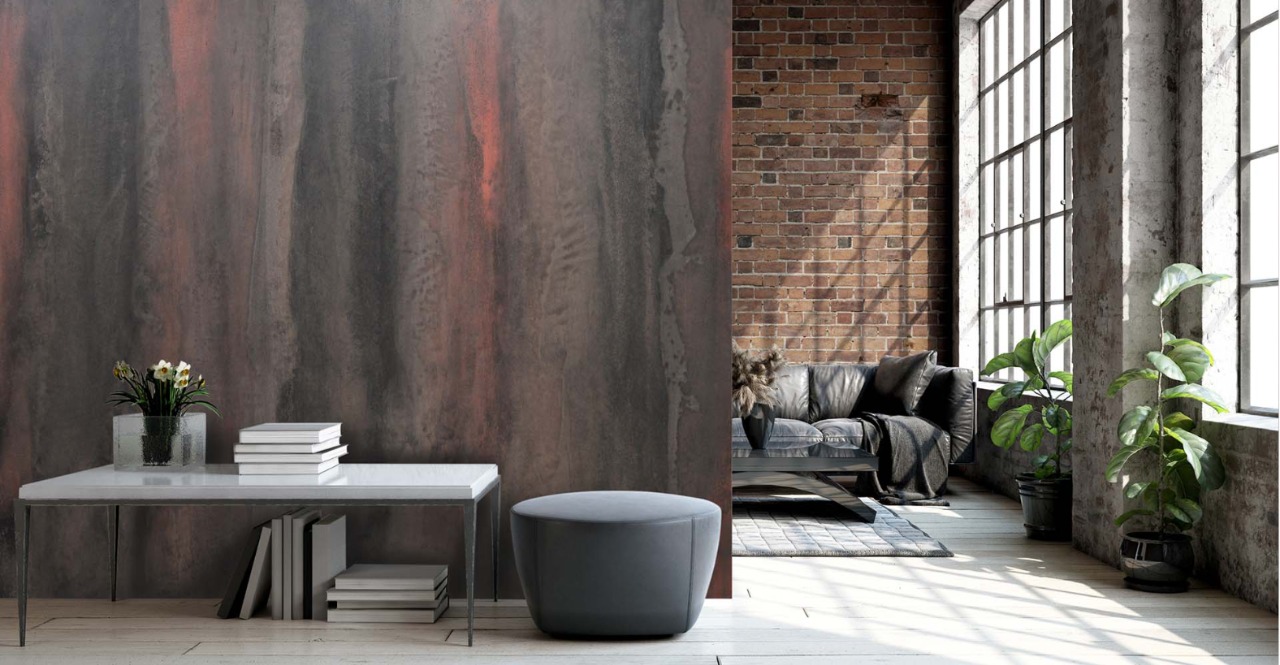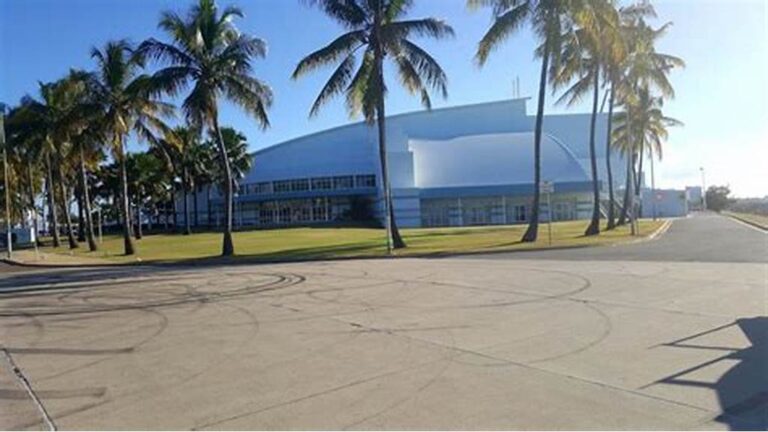Venetian plaster, a traditional wall finishing technique with roots dating back to ancient Rome, has experienced a resurgence in popularity for its timeless aesthetic and versatility. This comprehensive article delves into the history, composition, application methods, artistic possibilities, and contemporary uses of Venetian plaster. With a aims to provide a thorough understanding of the craftsmanship, cultural significance, and modern applications of Venetian plaster in the world of architecture and interior design.
1.1 Historical Overview: Venetian plaster, or “stucco veneziano,” originated in ancient Rome and gained prominence during the Renaissance in Venice. Craftsmen would use a mixture of lime, marble dust, and pigment to create smooth, polished wall finishes, contributing to the luxurious aesthetics of Italian architecture.
1.2 Cultural Significance: Venetian plaster has enduring cultural significance, representing a combination of artistic expression and architectural functionality. Its historical use in palaces, churches, and public buildings reflects a commitment to craftsmanship and attention to detail.Venetian Plaster Colors
Composition of Venetian Plaster:
2.1 Traditional Ingredients: Venetian plaster traditionally consists of slaked lime, marble dust, and pigment. The use of natural materials contributes to the material’s breathability, durability, and aesthetic appeal.
2.2 Modern Formulations: Contemporary formulations may include additional components like acrylics or polymers to enhance flexibility, adhesion, and water resistance. These modifications cater to modern construction needs while preserving the essence of traditional Venetian plaster.
Application Methods:
3.1 Skilled Craftsmanship: The application of Venetian plaster requires skilled craftsmanship. Artisans apply multiple layers of the plaster mixture, burnishing each layer to achieve a smooth and lustrous finish. The technique demands precision, patience, and a deep understanding of the material.
3.2 Layering and Burnishing: Venetian plaster is applied in multiple thin layers, allowing each layer to dry before the next is added. The final layer undergoes burnishing, a process where the surface is polished to create a reflective and marble-like appearance.
Artistic Possibilities:
4.1 Varied Textures and Finishes: Venetian plaster offers a range of textures and finishes, from smooth and polished surfaces to more textured or rustic looks. Artisans can experiment with trowel techniques, color blending, and layering to create unique and personalized designs.
4.2 Custom Color Palette: The use of pigments in Venetian plaster allows for a custom color palette, enabling designers to match specific color schemes or create bespoke artistic expressions. The interplay of light on the polished surface enhances the depth and richness of the chosen hues.
4.3 Mural and Art Integration: Venetian plaster serves as a canvas for artistic expression. Murals, intricate patterns, or abstract designs can be incorporated into the plaster, merging the functional and aesthetic aspects of interior design.
Contemporary Applications:
5.1 Residential Interiors: In contemporary residential interiors, Venetian plaster is often used to create elegant and sophisticated feature walls, adding a touch of luxury to living spaces. Its versatility allows for seamless integration with various design styles.
5.2 Commercial Spaces: Venetian plaster has found favor in commercial spaces, such as upscale restaurants, hotels, and boutiques. Its ability to evoke a sense of timeless elegance contributes to a memorable and refined atmosphere.
5.3 Exterior Applications: Advancements in formulations have expanded the use of Venetian plaster to exteriors, providing a durable and visually appealing alternative for facades. The material’s breathability is conducive to maintaining the health of the underlying structure.
Maintenance and Longevity:
6.1 Durability: Venetian plaster, when applied correctly, is a durable and long-lasting finish. Its resistance to cracking and fading contributes to its popularity as a low-maintenance option for interior and exterior surfaces.
6.2 Maintenance Practices: Routine maintenance involves gentle cleaning with a damp cloth or a mild solution. Periodic reapplication may be required in high-traffic areas or exteriors to refresh the plaster’s appearance and maintain its protective qualities.
Trends and Innovations:
7.1 Metallic Finishes: The incorporation of metallic pigments into Venetian plaster has gained traction, offering a contemporary twist to traditional applications. Gold, silver, and bronze hues contribute to a luxurious and modern aesthetic.
7.2 Digital Integration: Innovations in digital technology have allowed for the creation of customized stencils or patterns that can be incorporated into Venetian plaster, providing intricate and detailed designs with precision.
7.3 Sustainable Practices: The use of eco-friendly pigments and lime sourced from sustainable suppliers Venetian Stucco with the growing emphasis on environmentally conscious design. Venetian plaster’s natural composition contributes to its sustainability.
Conclusion:
In conclusion, Venetian plaster stands as a testament to the enduring appeal of traditional craftsmanship in the realm of modern architecture and interior design. Its rich history, timeless aesthetic, and versatility make it a sought-after choice for those seeking to infuse spaces with sophistication and character. As contemporary formulations and applications continue to evolve, Venetian plaster remains a canvas for artistic expression and a symbol of the seamless integration of tradition and innovation in the world of design. The enduring allure of Venetian plaster is likely to persist, influencing the aesthetic landscape and leaving an indelible mark on the spaces it adorns.
















